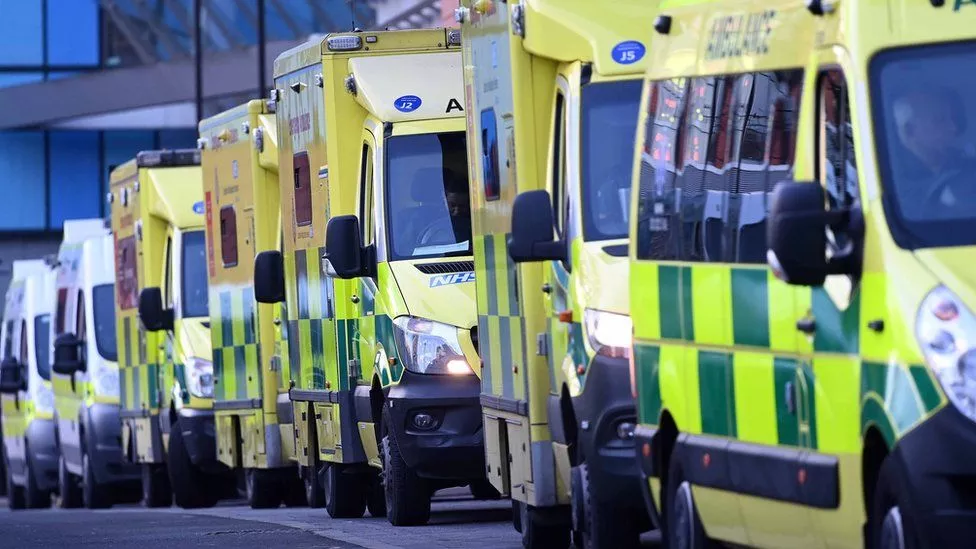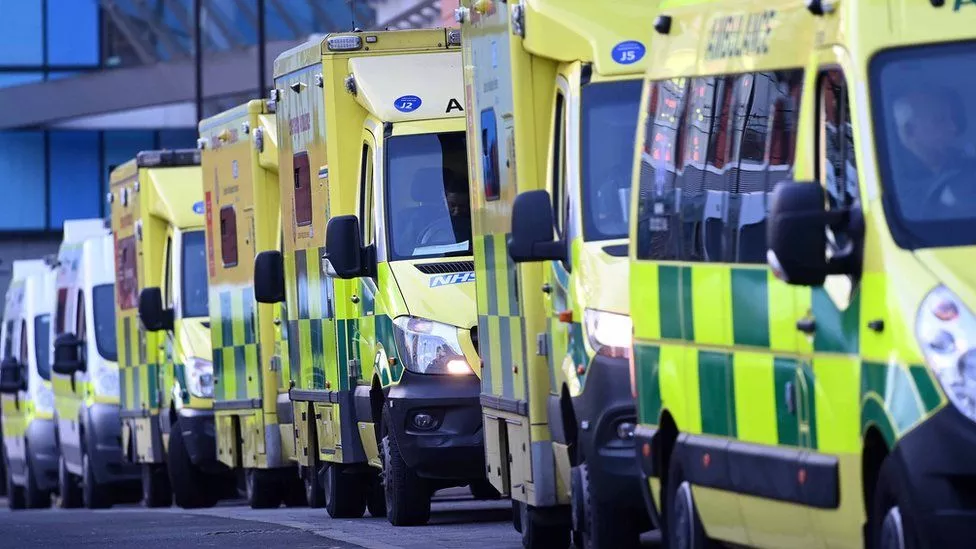The Net Zero Agenda’s Continued Collapse Into Chaos
28 May 2025
by Ben Pile
News Round-Up
29 May 2025
So Renters WILL Pay the Costs of Net Zero
29 May 2025
by Ben Pile
Hooked on Freedom: Why Medical Autonomy Matters
29 May 2025
So Renters WILL Pay the Costs of Net Zero
29 May 2025
by Ben Pile
The Net Zero Agenda’s Continued Collapse Into Chaos
28 May 2025
by Ben Pile
Alasdair MacIntyre 1929-2025
27 May 2025



















